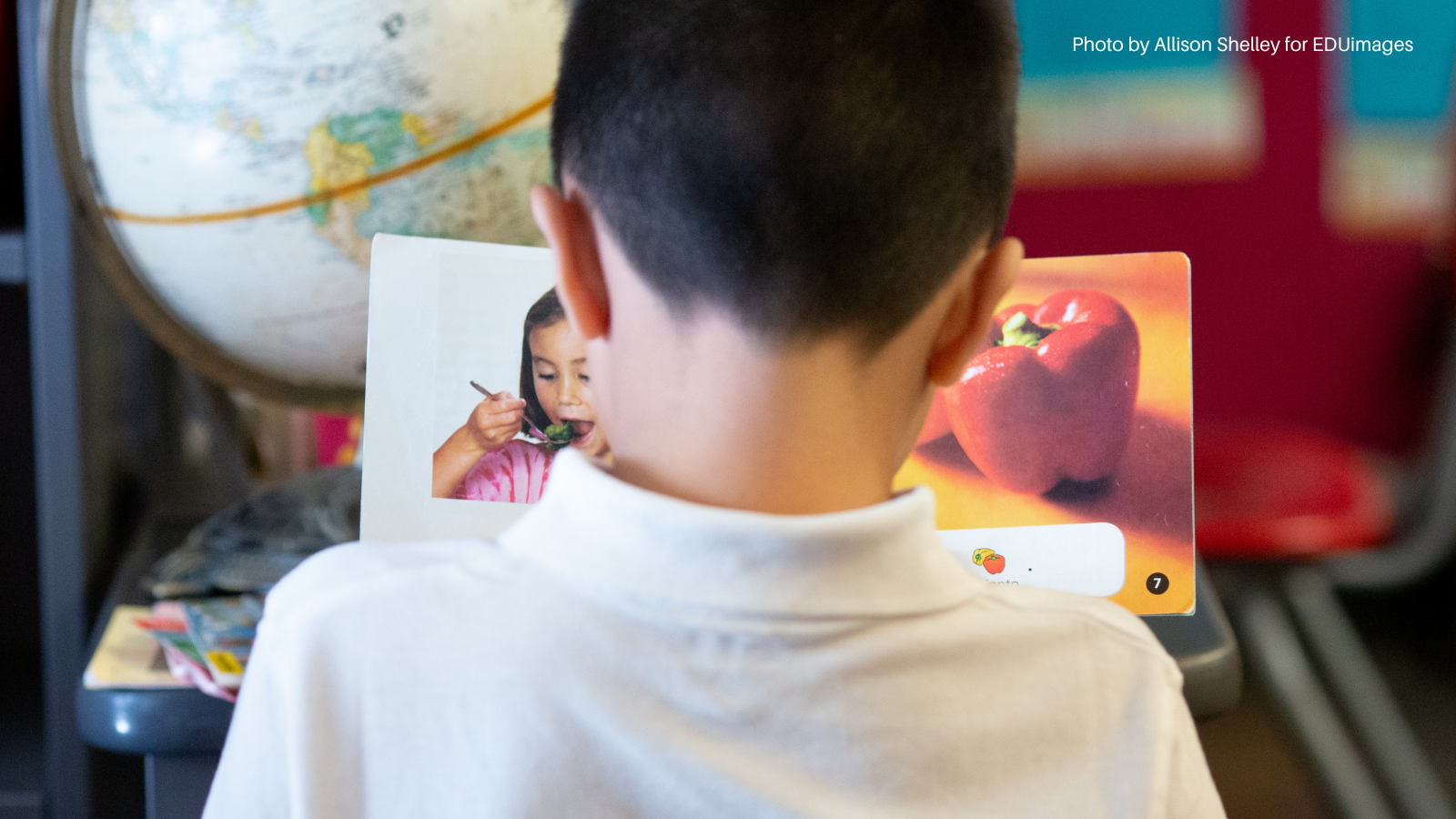By Melanie Quiroz, Senior Data and Research Analyst, Ed Trust–NY
As the new school year welcomed more than 20,000 migrant students into New York State, schools, families, and advocates are working tirelessly to support our newest community members. Here are five things to consider when working with newly arriving families and students as many continue to arrive this fall:
Migrant students are not only coming from Latin America.
Most migrants who arrived in New York this past year are from South American countries like Venezuela and Ecuador. There are, however, many newcomers arriving from other parts of the world like Afghanistan, Senegal, Mauritania, and Russia. Families arriving and enrolling children in schools may need language services in languages other than English or Spanish. There are also other dimensions of difference that we should all be attentive to like cultural differences within groups from Latin America or Africa.
Of critical importance is the fact that most newcomers who arrived in New York in the past year are asylum seekers. Asylum seekers are people fleeing from harmful circumstances and are given permission to remain in the United States while undergoing a lengthy legal process to be granted asylum. Common rhetoric around immigration, specifically from Latin America and via the southern border crossing, often fails to recognize asylum seekers’ rights to refuge and their ability to reside in the United States.
Children have made the same dangerous journey adult asylum seekers have.
More families with children entered New York than single adults from June to August, so it is vital to remember that children travel with and among new arrivals. The dangerous routes through Central America and Mexico, crossing the Darién gap, fleeing from political turmoil and unrest in Senegal, Haiti, and Afghanistan, or the war in Ukraine and Russia, are frequently emphasized as part of the experience of asylum seekers. The trauma children experience before and throughout the journey cannot be ignored. Children enrolling in schools may not only need vaccinations or physical well-being checks but specialized mental health services.
The influx of students is highlighting long-standing gaps in multilingual education.
Gaps in multilingual education in New York City predate the current influx of newly arrived students. A report by the Independent Budget Office in May found that fewer than half of the schools that received funding specifically to support new migrant students in temporary housing last school year had a bilingual teacher on staff, and 4% did not have either a bilingual teacher or an English as a Second Language (ESL) teacher on staff. NYC schools have twice as many ESL teachers as bilingual teachers. Bilingual teachers are certified to teach in the two bilingual programs available to NYC students, dual language and transitional bilingual education, which aim to strengthen both home language skills and support English acquisition. ESL teachers are qualified to teach English as a New Language, which provides instruction in English with support of the home language, with the aim of English acquisition. Families are given the choice of program they feel best suits their needs; however, bilingual programs may not be available in the school or district a student currently attends or in the language they need. Last school year, bilingual programs were only available in 375 of over 1,800 schools. In response, the city is rolling out 44 new bilingual programs this school year, for a total of 77 new programs since last year, which will bring greater access to students across the city.
Migrant students carry many different identities with them.
Researchers and advocates often group students by demographics or perceived needs. Migrant students, however, are not only English Language Learners (ELL) or students in temporary housing. Migrant students may have differing levels of formal education. They may be multilingual and have diverse perspectives. Their families may be arriving with deep connections to groups of other newcomers they can lean on for support. They may be transitioning to permanent housing. They may be athletes hoping to excel in their sport or artists looking to hone their craft. They may have big dreams and academic goals now that they have the relative safety to learn in the classroom. While it is easy to frame the needs of migrant students as simply language-based, or focusing on their ELL status, their individual realities may be vastly different and impact them in the classroom. It is important to keep in mind when working with and for newly arrived students and families that their educational needs may reach far wider than just the language barrier.
Supporting newcomers is not new to New York.
New York has welcomed waves of immigrants from around the world and been a proud gateway for centuries. Generations of immigrants and their children have shaped and strengthened New York, and like the current wave of newcomers, they too dreamed of safety and opportunity. Schools have long enjoyed the diversity of cultures migrant students bring with them into the classroom. As a matter of fact, the fight for language rights and multilingual education in New York was introduced by Puerto Rican migration to the United States mainland in the 1960s, in the hopes of supporting new arrivals. The challenges of today are not new or novel and school communities will benefit from opening their arms to migrant students and their families, as they have in the past.
Migrant students may face and present unique challenges to education systems, and they add to the great diversity of our state and our history of resilience and opportunity. It is important to keep their strengths as well as their needs in mind as we welcome them into our communities and advocate for their educational needs so that they too can share in all that schools have to offer.


